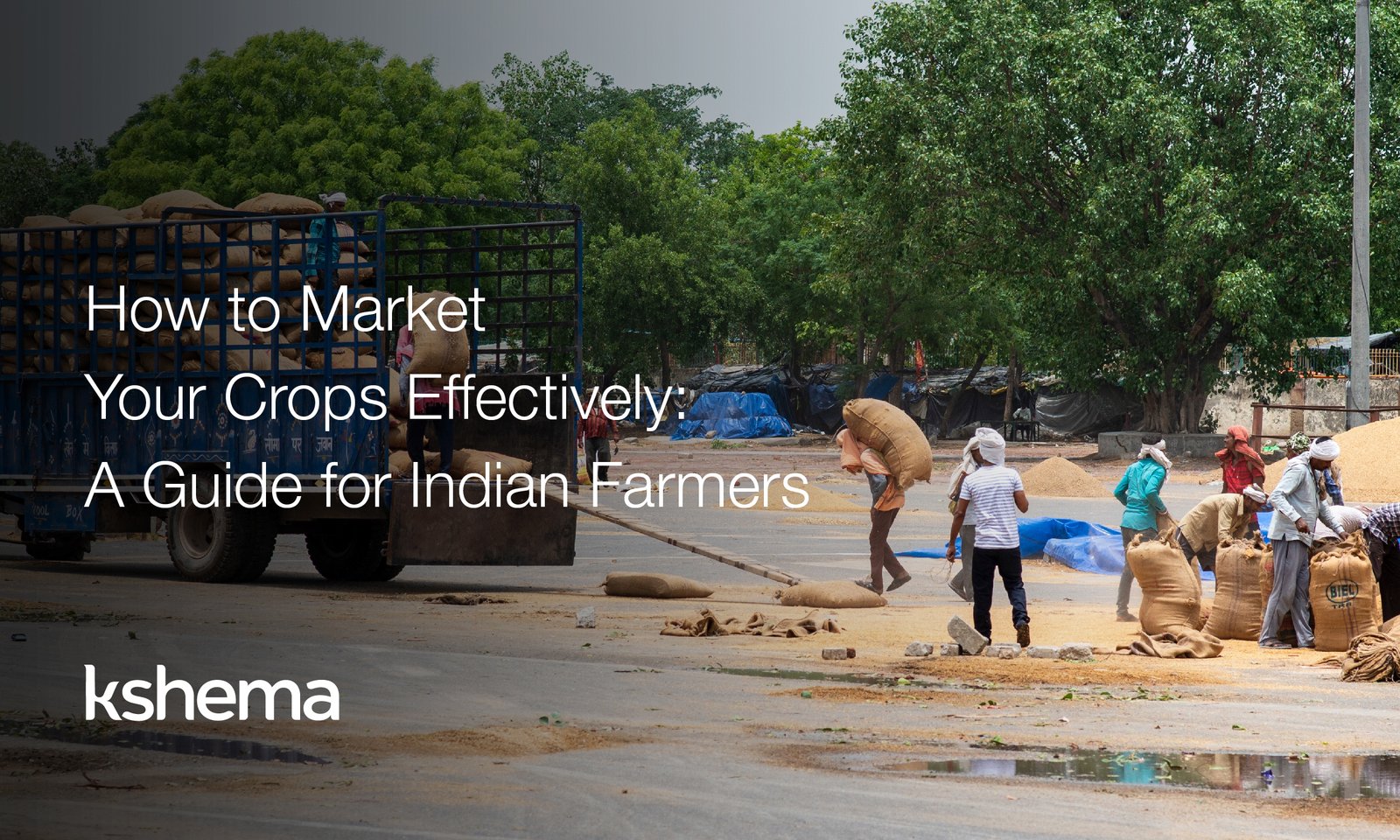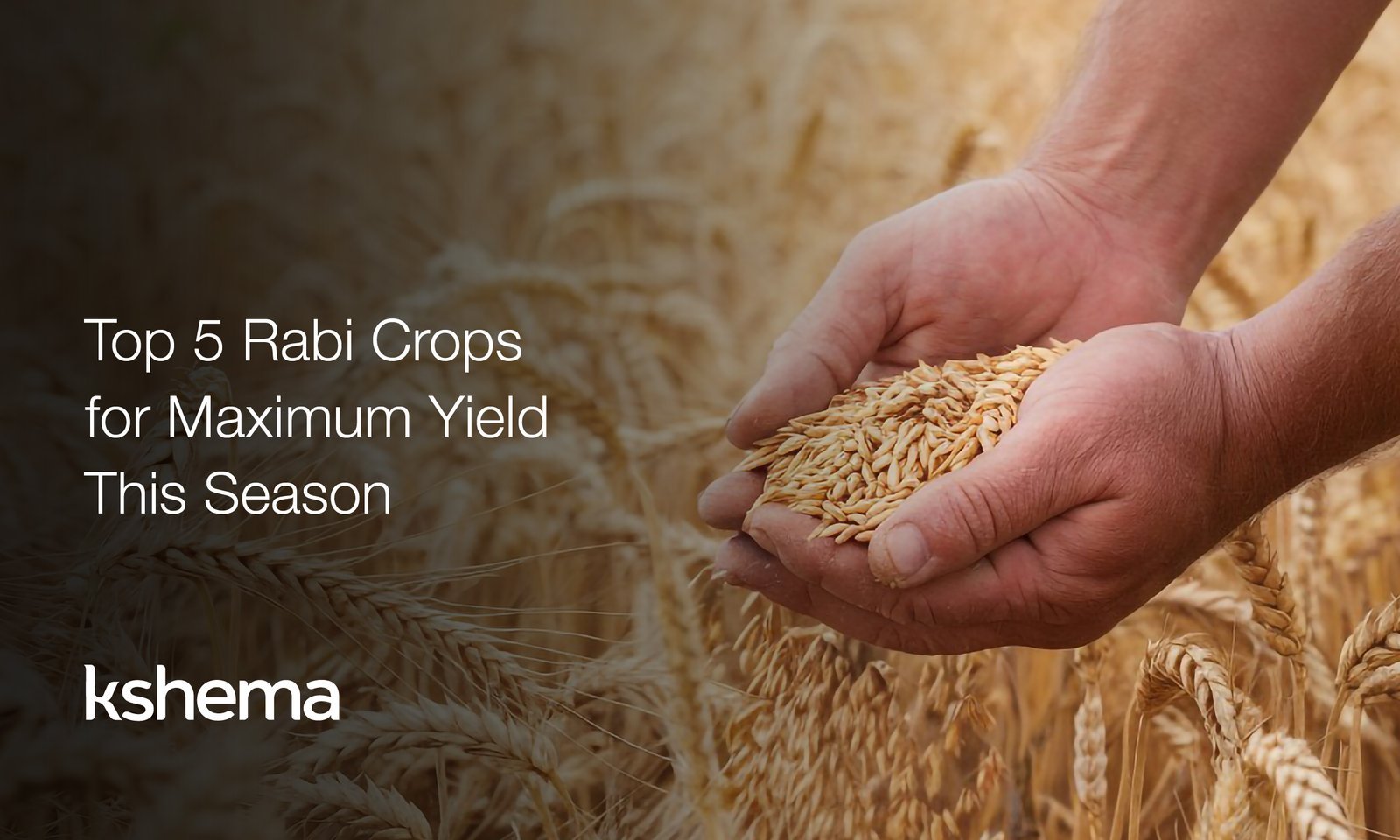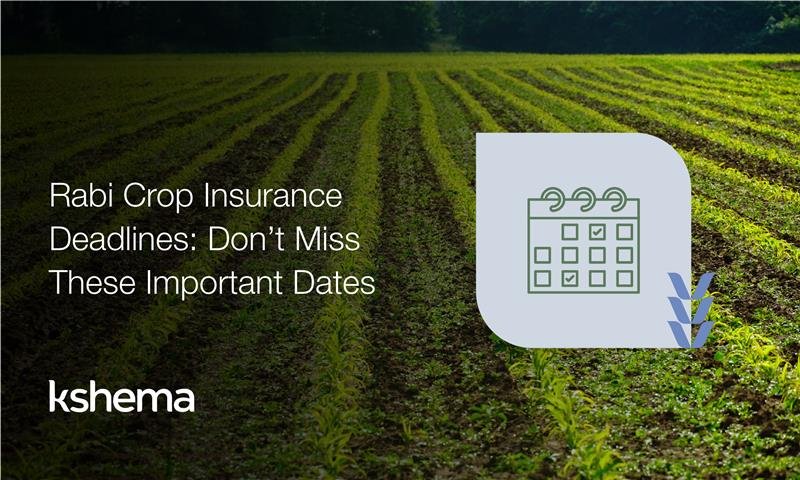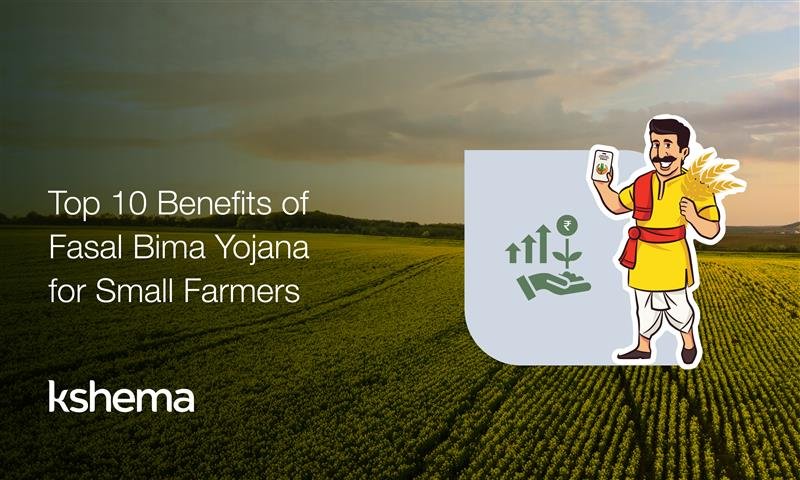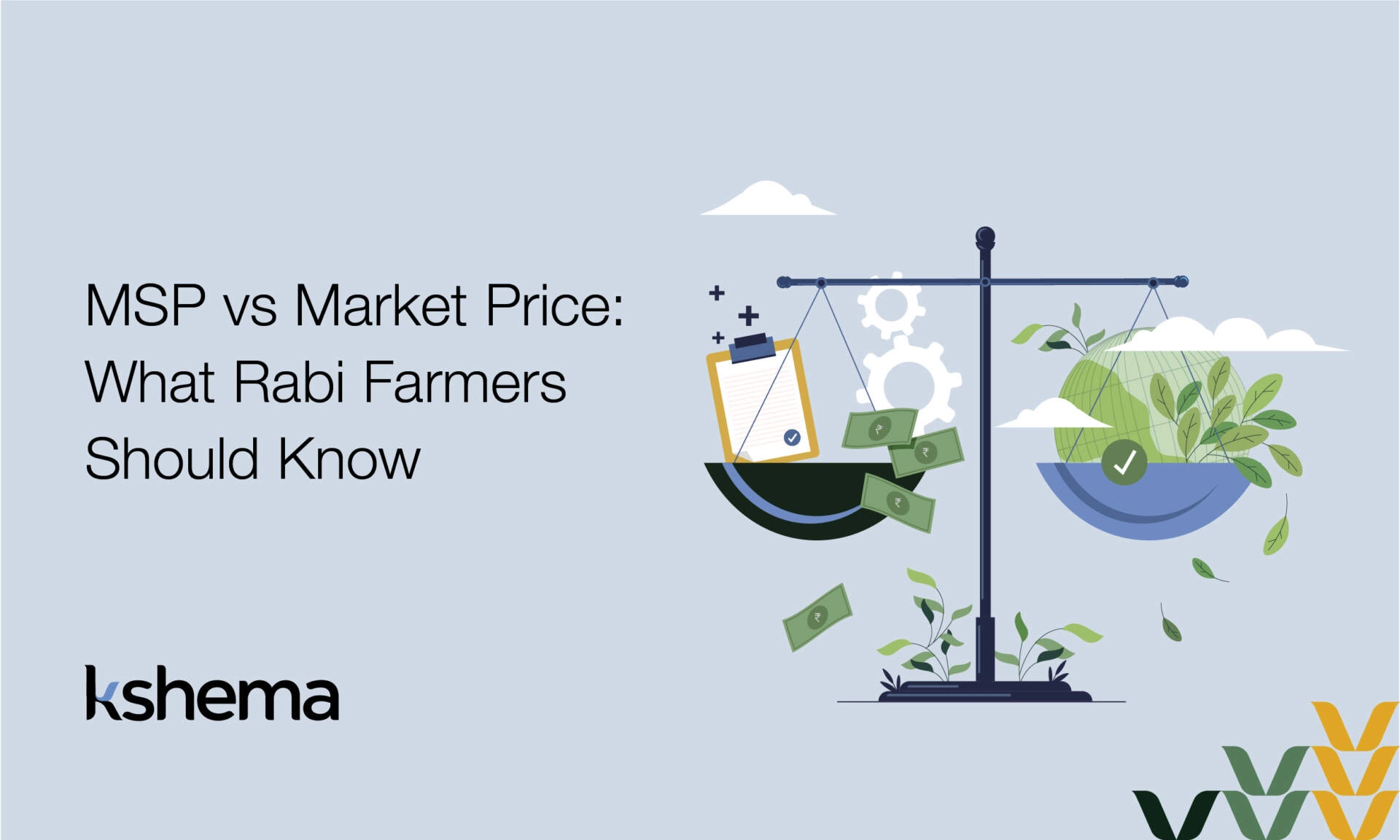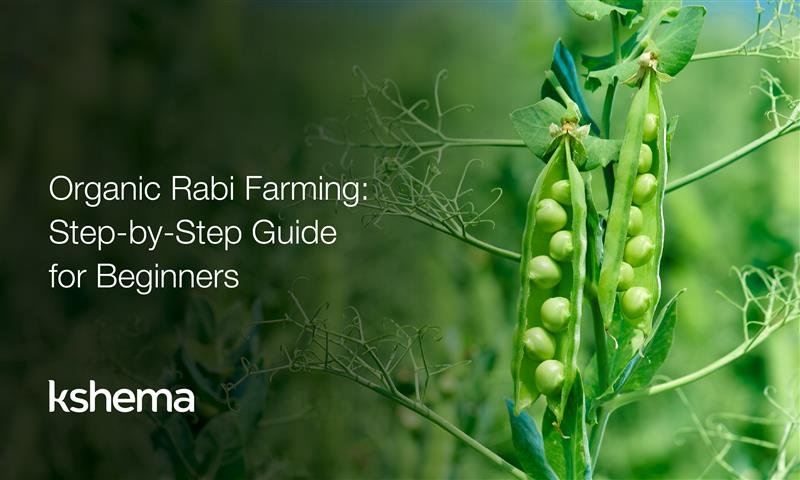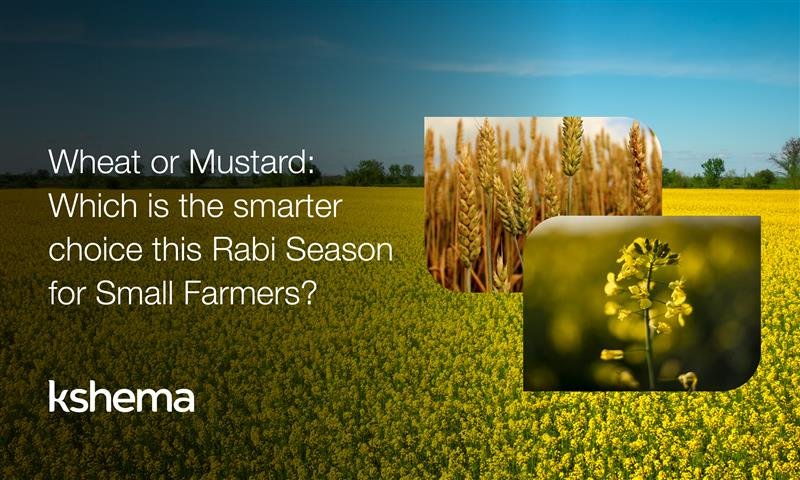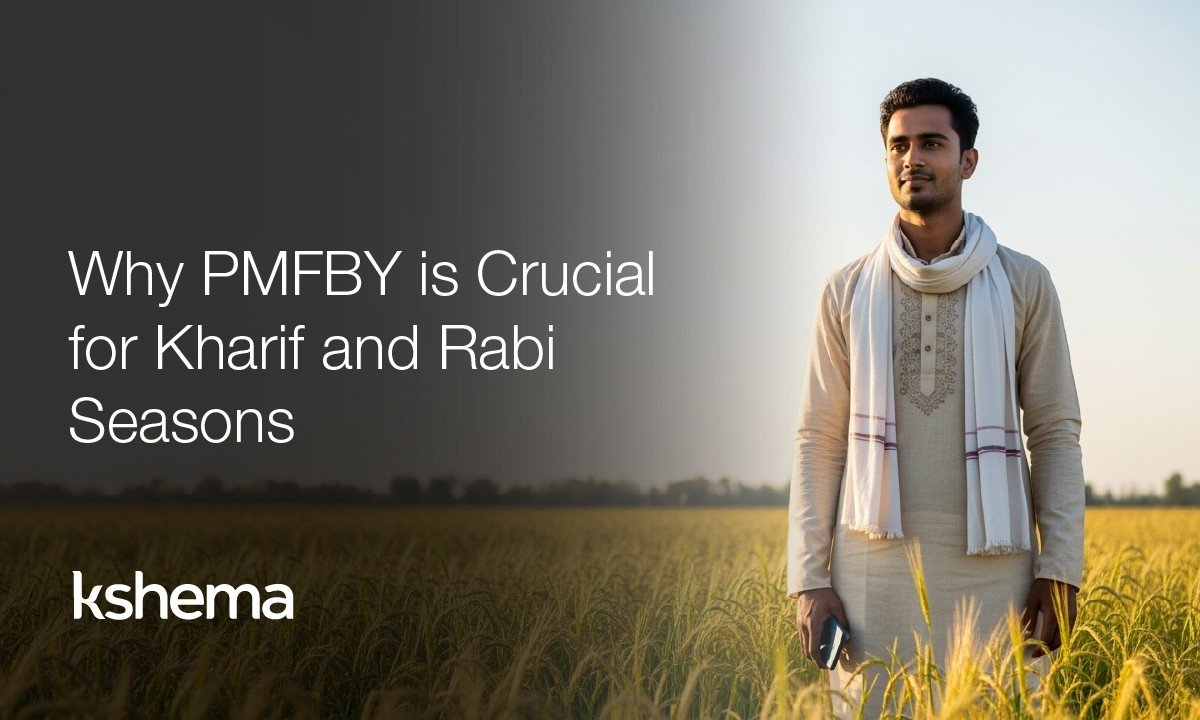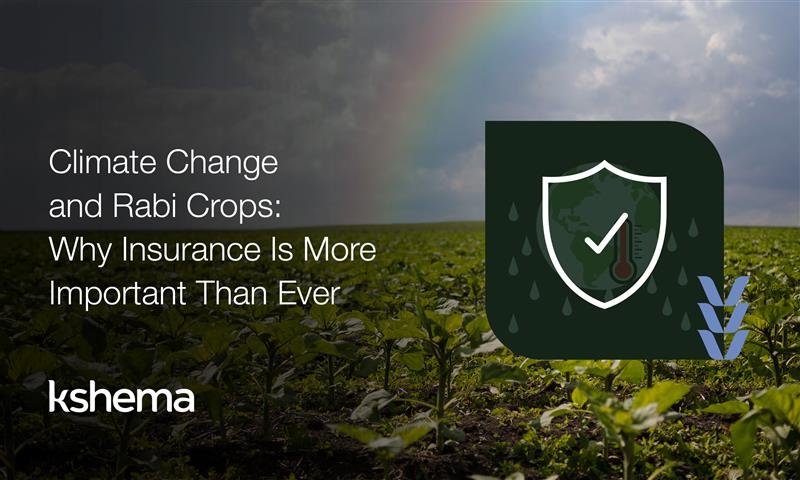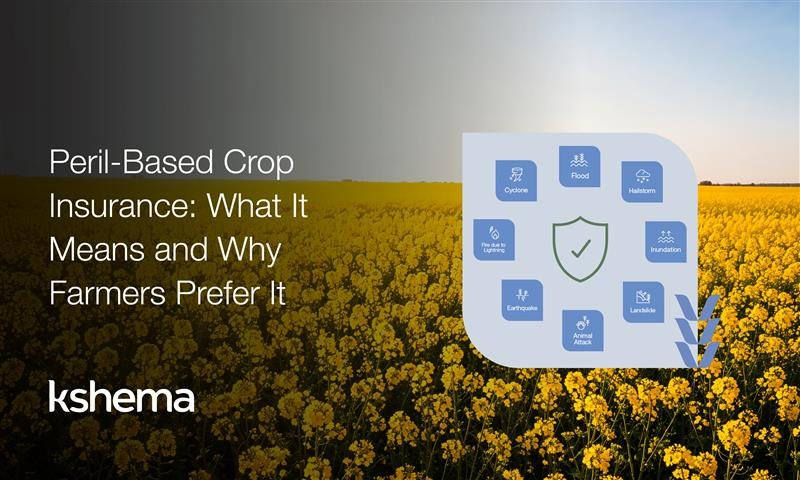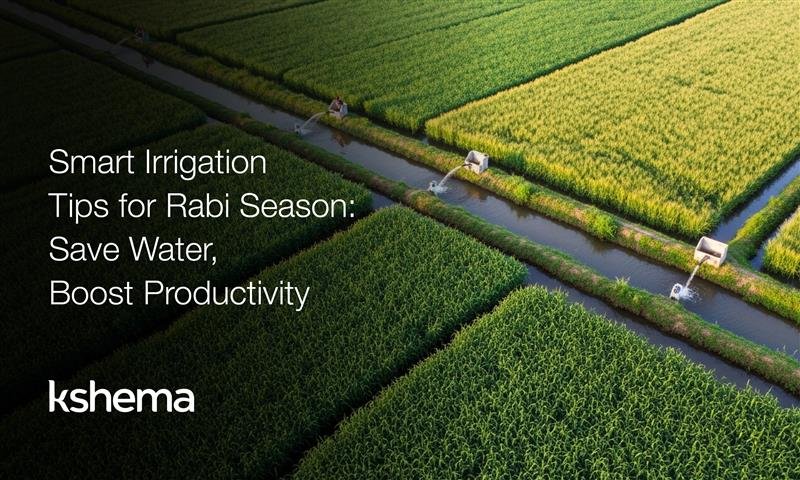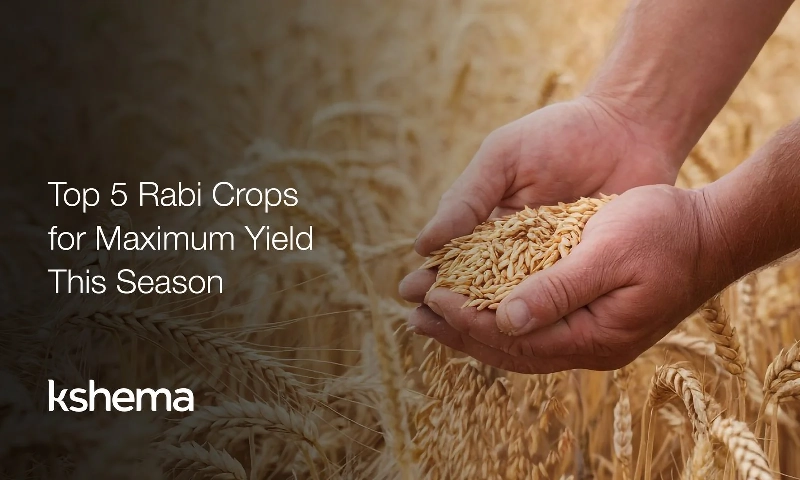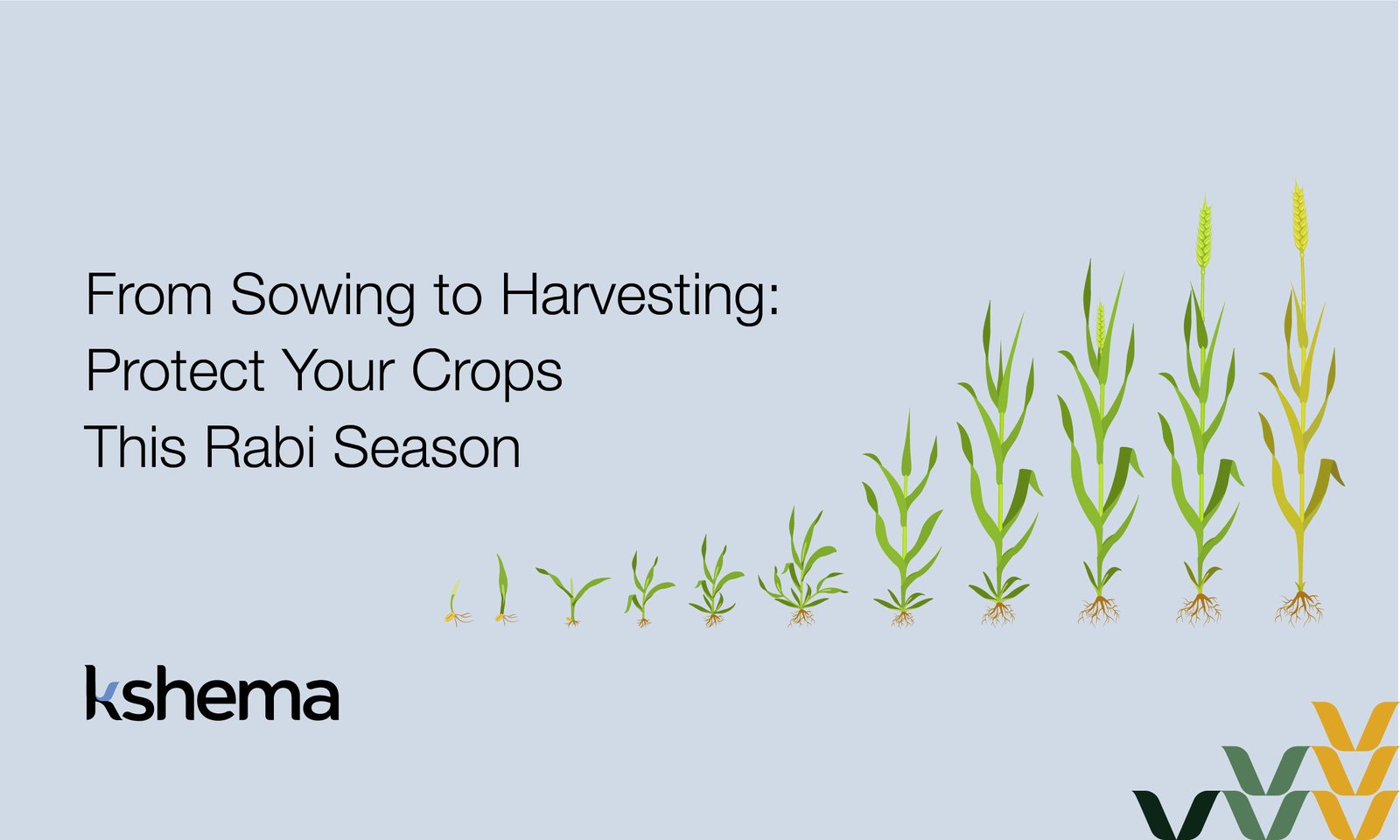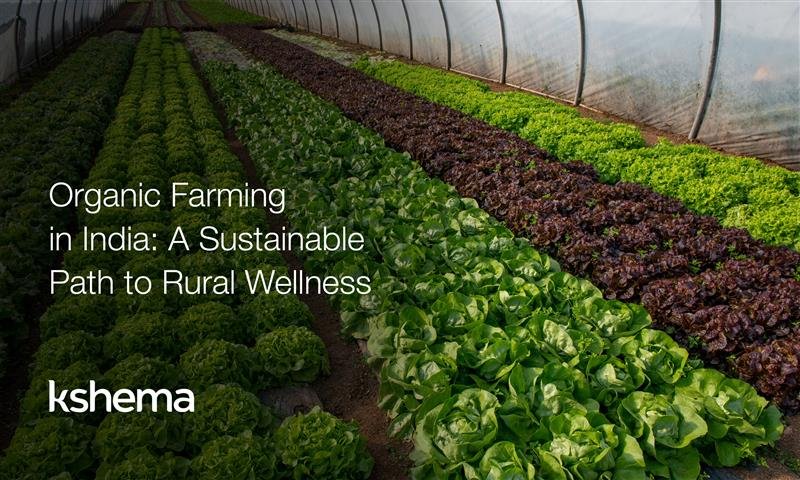How to Market Crops for Better Profits and Rural Growth
Summary: Indian farmers can market crops effectively by understanding market trends, diversifying sales channels, using digital tools, and leveraging crop insurance to protect profits and ensure rural growth Farming is not just about growing crops. It is also about getting the best returns from what you produce. Indian farmers, small and large, face several challenges in market crops — ranging from fluctuating prices, market access, supply-chain issues, lack of information, and competition from commercial producers. Learning how to market your crops effectively is essential for maximising profits, building a reliable customer base, and ensuring financial stability. In this blog, we’ll explore crop marketing tips, strategies for selling crops, and the role of crop insurance in helping farmers safeguard their livelihoods.Effective Market Crops Matters
An effective market crops is as crucial as the process of cultivating the crop itself. Once your produce is ready for the market, the value you derive from it depends on how well you market it. Poor marketing can lead to low prices, surplus stock, and even wastage of the produce, all of which can diminish your profits.For Indian farmers, marketing crops effectively can lead to:
- Better Profit Margins: By selling at the right place and time, farmers can secure higher prices for their produce.
- Reduced Dependency on Intermediaries: Direct marketing approaches and better market access help reduce the influence of intermediaries on fair prices to farmers.
- Improved Financial Stability: Higher returns mean that farmers can reinvest in their farms, buy better equipment, and manage uncertainties.
-
How Can Farmers Understand Their Target Market?
- Study Market Trends: Stay updated with prevailing crop prices, demand for specific crops, and changing consumer preferences. Information can be gathered from agricultural magazines, newspapers, local mandi reports, and government platforms.
- Know Your Buyers: Identify potential buyers in your area, such as wholesalers, retailers, or even direct consumers, and understand their requirements and buying patterns.
- Price Awareness: Knowledge of current market rates helps in negotiating better prices for your produce.
-
What Are the Best Crop Marketing Channels for Indian Farmers?
- Local Mandis: Traditional agricultural markets, or mandis, continue to be the most significant marketing channel for many Indian farmers. But keeping an eye on prices in multiple mandis will result in maximising profits by choosing the best time and place for selling your crops.
- Farmer Markets and Fairs: Direct-to-consumer sales at farmer markets, haats, and agricultural fairs offer an opportunity to get better prices by eliminating intermediaries and middlemen.
- Cooperatives: Joining farmer cooperatives can help you collectively market your crops. Cooperatives often negotiate better prices for their members and have greater bargaining power with commercial buyers.
- Direct Selling to Consumers: With the rise of digital technology, many farmers are selling directly to consumers via online platforms, local delivery services, and social media. You can also consider employing a delivery person to reach customers in your nearby areas.
-
Why Is Grading and Packaging Important for Crop Sales?
- Sort and Grade: Sorting and grading your crops by size, quality, or ripeness helps you target specific markets and fetch better prices.
- Clean and Package Properly: Proper cleaning and packaging protect crops during transport and storage. Well-presented produce commands higher value and builds trust with buyers.
- Branded Labels: If you’re selling packaged goods (grains, vegetables, fruits, nuts), branding can help differentiate your produce from competitors. Customers are more likely to relate a branded product with assured quality.
-
How Can Farmers Use Digital Tools to Sell Crops?
- Agri-Tech Portals: Apps and portals like eNAM (National Agriculture Market) or e-Samriddhi connect farmers with buyers across the country, increasing market access and enabling direct sales.
- Social Media Marketing: Platforms like Facebook, Instagram, and WhatsApp can be used to showcase your produce, build a customer base, and handle orders directly.
- Market Information Services: Use online portals and SMS-based services to receive real-time updates on market prices, demand, and crop-related advisories.
-
When Is the Best Time to Sell Crops for Maximum Profit?
- Storage Solutions: Specialised storage facilities, such as cold storage units, should be utilised to extend the shelf life of perishable items.
- Plan Ahead: Plant crops with an understanding of market demand patterns throughout the year. This helps you strategically target peak demand seasons.
-
How Does Crop Insurance Support Crop Marketing?
- Risk Mitigation: Crop insurance covers potential losses due to factors beyond your control, ensuring that you have financial support when you need it the most.
- Peace of Mind: With crop insurance, you can focus on producing quality crops and marketing them effectively, without worrying about unexpected financial setbacks.
-
Why Are Buyer Relationships Crucial for Crop Marketing?
Roadmap to Market Crops Effectively
To market crops effectively requires a mix of traditional and modern strategies. By understanding the market, diversifying sales channels, using digital tools, and leveraging crop insurance, farmers can secure better prices and safeguard their incomes. At Kshema General Insurance, we are dedicated to supporting farmers in their journey to financial success and resilience. Our comprehensive crop insurance solutions help mitigate risk, so that the farmers can focus on what they do best — growing and marketing their crops for a profitable and hence brighter future. Also Read: https://www.thehindu.com/news/national/andhra-pradesh/kshema-rolls-out-insurance-coverage-for-crops/article68304498.eceFrequently Asked Questions About Market Crops
1. What are go-to-market strategies for agritech in India?
These include direct-to-consumer platforms, digital mandis, mobile apps, and partnerships with agri-cooperatives.
2.How can farmers start an online agriculture seeds selling platform?
Farmers can register on e-commerce platforms, build a basic website, and use social media to reach buyers.
3. How do farmers get fair value for their produce?
By comparing mandi prices, using digital tools, joining farmer producer organizations, and leveraging crop insurance.
Disclaimer:
“We do not assume any liability for any actions undertaken based on the information provided here. The information gathered from various sources and are displayed here for general guidance and does not constitute any professional advice or warranty of any kind.”


